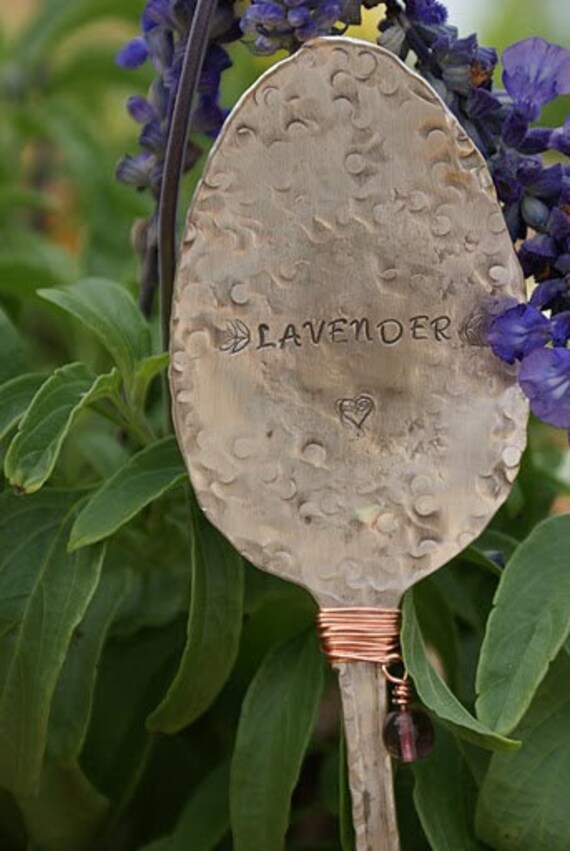I am trying very hard to make my backyard a low maintenance zone. One of the plants I chose was Lavender as it a drought tolerant plant. I thought I would love lavender falling along a dry creek bed in my back yard, but my vision and my reality were not in sync. One plant that started out in a sunny location ended up in shade and has never really shown any growth or beauty. A major disappointment. The other two plants appeared to have loved their sunny location but became long and leggy and don't fit the confines of the space.

So I'm left with a couple of options. I can pull the plants up and throw them away which is a painful option for a person who loves gardening. Or I can find a place that would be a better fit, which is not necessarily an easy option either. Our garden landscape has a lot of trees and they in turn produce a lot of shade. (I'm not complaining about our trees. I love them. I'm huge into planting it forward with trees. It's just not that easy finding a nice sunny spot.)
I'm not an expert in lavender (or gardening) and I try to find those individuals on the web who are. When searching how to solve my lavender problems I came up with the site everything-lavender.com. Well, from the name it would imply they know more than me! Love how the web is such a huge library of resources!
They actually have a webpage specifically for transferring and planting lavender. In fact the first sentence on the webpage is "Maybe you planted your Lavender in the shade or the plant has become too large for where it is planted." It sounds like they are talking directly to me.
Here are the key tips to know when transferring lavender:
- It's important to move lavender during the growing season, so when transplanting in the spring ensure you have waited past the point of any frost and at least a week after the last frost. If planting at the end of the growing season, plan so that there should be at least 4 weeks before the first frost of the season.
- For the new space, be sure the space gets plenty of sunshine and has enough room for a mature lavender plant. (I failed on these two critical items the last time.) Keep in mind the future growth of neighboring plants and trees. As the trees grow, their perimeter in which they give shade could impact how much sun your Lavender plant will receive in future years. If you don't have the space for a mature Lavender plant, consider catnip which can provide the same look in a more compact size (see photos below).
- Be sure the soil is ready for planting. The soil should have good drainage and should be alkaline based. Amend if needed. Amending with compost will help with drainage and amending with lime can help with maintaining the necessary alkaline level in the soil. If you have oak trees nearby, remember that Oak trees increase the acidity of the surrounding soil and liming could be important to plants which prefer a more alkaline soil.
- When digging up the lavender plant, gather as much of the root ball as you can.
- Dig a whole twice as big as the root ball. Water well.
For more information on transplanting, check out:
- http://everything-lavender.com/moving-lavender-plants.html
- http://www.gardenguides.com/111786-replant-lavender-plants.html
and for more information on choosing a location check out
- http://everything-lavender.com/planting-lavender.html
and for more information on catnip vs lavender check out
- http://homeguides.sfgate.com/catmint-vs-lavender-47329.html
- http://plantselect.org/2008/01/little-trudy-catnip-long-awaited-compact-catnip/
The following photos should help give you inspiration for adding lavender in your garden:
 |
| Love the color combination created in this side garden with lavender & yellow tones accenting boxwoods. |
 |
| Soften the edges of a patio or hardscape with lavender and other plants. (From BHG) |


